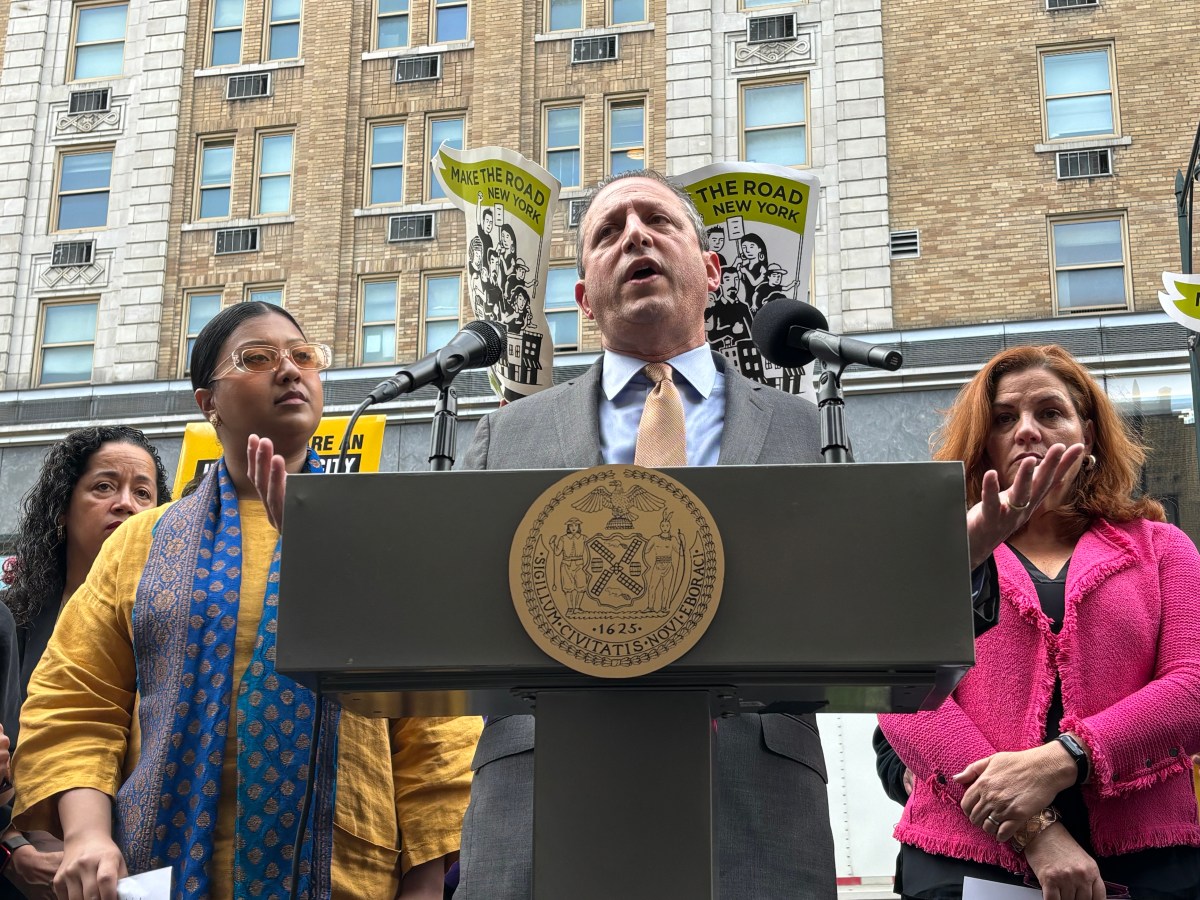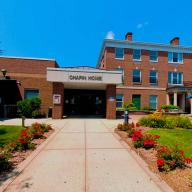By Bob Harris
Mayor Michael Bloomberg recently bragged that the high school graduation rate has jumped to 61 percent in 2010, but then contended that 75 percent of these graduates were unfit to function in college. They needed to take non-college credit remedial courses in college.
Some high school students cannot function in college because they were unable to function in lower grades. Some children come from dysfunctional families. Some children have special needs. Some students are foreign-born.
Many other factors prevent a child from learning. There may be the distractions of drugs or alcohol. Some home problems may be so bad that a teenager turns to drugs or alcohol. Some run away to the street and into prostitution. Gangs offer a teen a place to belong. Dysfunctional families do not encourage planning ahead for a future career by studying.
Some students are homeless and have to live in a shelter or spend hours in a welfare office until they are assigned a place to sleep that night. Lost books, lost homework, a place to write homework or adequate lighting make it hard for a homeless child to prepare for school.
Some dysfunctional parents who are alcoholics, drug users or criminals can cause a lack of self-esteem in children. Then there are children in a divorced family who are required by the court to visit the other parent.
One solution proposed is to create small charter schools, but the for-profit charter schools do not want children with the problems mentioned above. If parents know that a school does not provide services for their special-needs children, they do not apply for the lottery for the school, if there is a lottery. The charter school then has regular learners and not the lower reading scores of the regular school, which has special needs and non-English speaking children.
Setting up private schools with public education money is a big business. Then there are the retired educators who collect a pension and money as consultants or people who act as consultants to the new schools or the old schools who “need help” due to problems. Huge amounts of money go to consultants or new hi-tech ideas while the regular schools are deprived of money which could be used to help students learn. The teachers and administrators in the regular schools know what they should provide to help children learn, but sometimes do not have the money.
The principals are given money to run schools, but have to spend money to raise reading and math grades or they can be fired because they do not have tenure. Art and music, science research and vocational training goes. As the years pass, they will realize that a society needs culture and some students need vocational skills because they need to work with their hands. They need some basic learning skills and they can make wonderful discoveries using their hands. As the years pass, they will also discover that this charter school phase has become a money-making scheme for hedge funds and business people who really do not care about education. Their schools do well if they have the right students.
On June 7, The New York Times ran a full-page story on Page 1 headlined “Charter Schools Tied to Turkey Grow in Texas.” It seems a group called the Cosmos Foundation has created a network of about 120 charter schools across the United States under the name Harmony Schools. Using public education money, it has also created construction companies which get all the building contracts.
The leaders are followers of Fethullah Gulen, a charismatic Turkish preacher of a moderate brand of Islam. While the article says the students in the 33 Harmony schools in Texas represent a racial and ethnic cross-section of the community, the religious affiliations of the leaders seem to be crossing the line between church and state.
In New York City, a vast amount of money has been spent on consultants, charter and other new schools plus new technology programs which could have been given to principals to help students and keep teachers from being fired. That CityTime program to computerize city payrolls to prevent excess overtime pensions has cost more than $450 million as best as I can figure out.

























